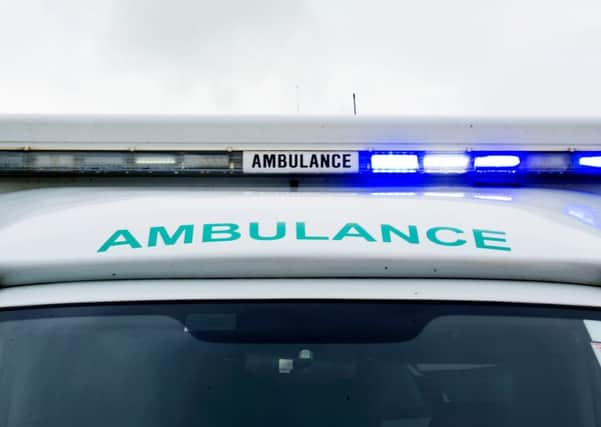Hundreds saved by Scotland’s new ambulance response system


The Scottish Ambulance Service changed the way it responds to the most unwell patients in 2016 with 999 call handlers giving the highest priority to incidents such as cardiac arrests.
An evaluation of the changes has found the system has saved the equivalent of 1182 lives.
Advertisement
Hide AdAdvertisement
Hide AdUnder the new system, call handlers are taking longer on the phone to despatch paramedics and some lower priority calls are waiting longer for an ambulance. A Freedom of Information request by the Scottish Conservatives revealed that an additional 62 patients were saved in Lothian as a result of the changes in 2017.
The ambulance service is facing increased demand, with the number of incidents in January last year up by nine per cent on 2016.
In Lothian, there were 10,882 patients with Immediate Life Threatening (ILT) conditions in 2017 with an average waiting time of seven minutes and 45 seconds. Last year, the callouts amounted to 12828 with an average waiting time of eight minutes and 17 seconds.
The SAS said it was in the process of recruiting and training an additional 1,000 paramedics in Scotland to help reduce patient delays.
Advertisement
Hide AdAdvertisement
Hide AdMiles Briggs MSP, Shadow Cabinet Secretary for Health said: “I respect the rationale behind the new model for handling 999 calls, prioritising the most seriously ill patients, and the progress this has had in improving out of hospital cardiac arrest. It is vital that we see progress to increase recruitment of additional paramedics to help reduce waiting times for ambulances, that have sadly been lengthened over the last year.”
Both the Scottish Ambulance Service (SAS) and researchers at the University of Stirling have concluded that the new approach is making a huge difference.
Under the new system, non life-threatening calls are prioritised by clinical need, with no time target, and call handlers spend more time to ascertain if a patient needs to be sent to a specialist facility, such as a stroke unit.
SAS data shows that in 2017, the first full year of the new call handling approach, there was a 43 per cent increase in survival for those with immediate life threatening conditions – the equivalent of an additional 1,182 lives saved.
Advertisement
Hide AdAdvertisement
Hide AdSAS medical director Jim Ward said: “The previous response model had been in place, virtually unchanged, since 1974, so designing a better model to provide a good response for all patients has been a top priority for us.
“Our aim is to give every patient the best possible service we can. For those patients in critical situations, this can be literally lifesaving, whereas for other patients, such as those with chest pain or stroke symptoms, the priority is getting a high-quality clinical assessment before being transferred safely to a specialist unit.”